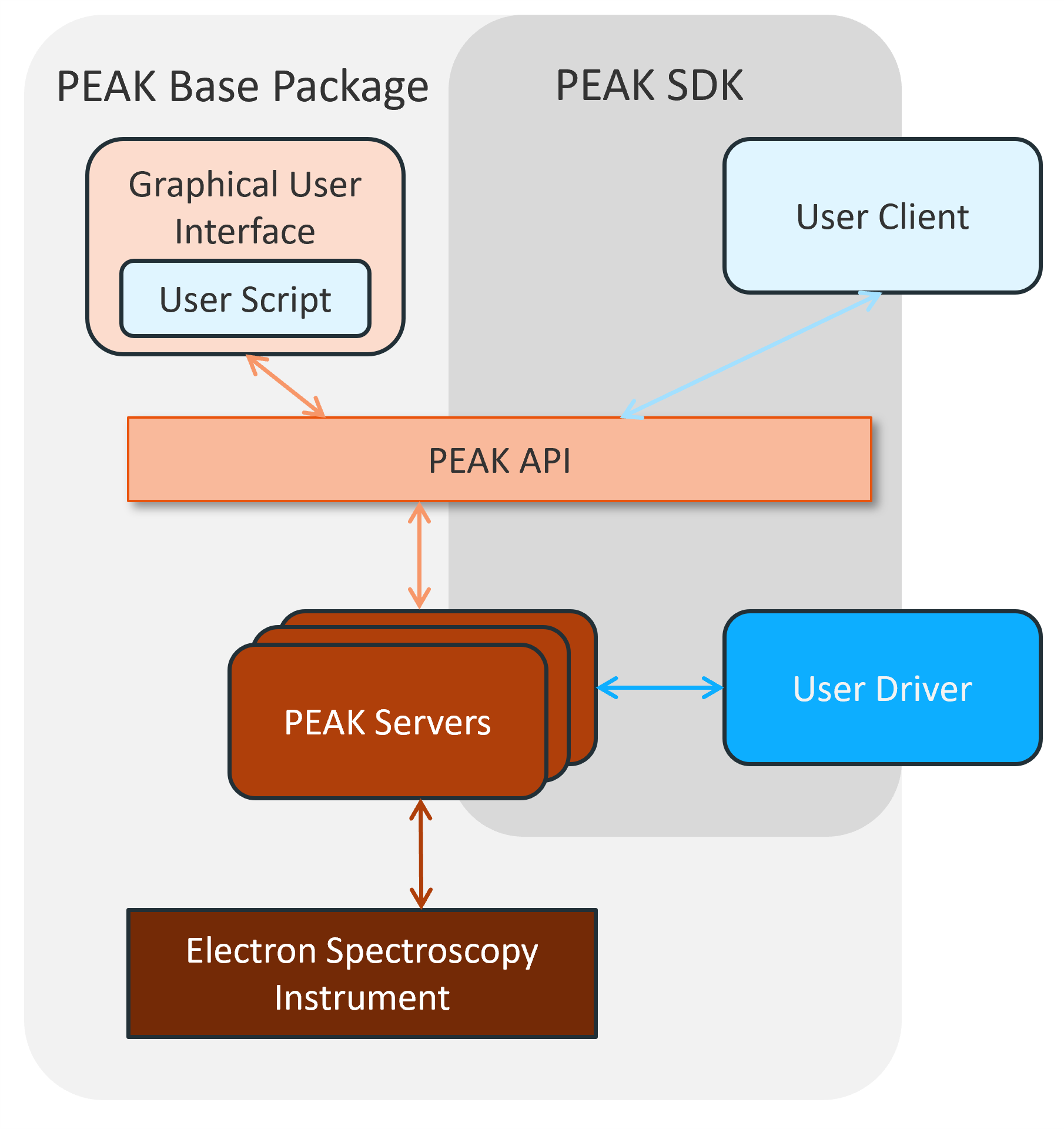Spring-8 PEAK Upgrade: PEAK API for Analyser Integration with Control Systems
In 2021, BL09XU of SPring-8 was upgraded to a beamline dedicated for HAXPES experiments with a high-performance optical system providing a tuneable beam energy, high flux, narrow energy width (< 50 meV), high polarization degree, and high spatial resolution (1 µm spot size).
As the beamline optics, analyser, and sample manipulation are all controlled through a common system, advanced experiments such as mapping the microstructure of samples using micro-HAXPES are possible. For resonant HAXPES measurements to access element and orbital specific electronic states, the system automatically changes the conditions of many optical elements of the beamline. For each change in incident photon energy, it is possible to acquire the corresponding spectra with the analyser (see Fig. 1).

Figure 1: Resonant HAXPES spectra of Yb 3d5/2 around the Yb L3 edge of YbInCu4 measured at 20 K. (K. Maeda et al., Yb L3 Resonant Hard X-Ray Photoemission Spectroscopy of Valence Transition Compound YbInCu4 , JPS Conf. Proc. 30, 011137 (2020), doi:10.7566/JPSCP.30.011137, CC BY 4.0)
Beamline Scientist Akira YASUI: – “The PEAK API and SDK helped in integrating the anlayser with our own control system (Python and LabView). Our control system takes care of the HV operation up to 12 kV, sample scanning, and synchronizes measurements enabling advanced and automatic HAXPES analysis for all users.”
PEAK is based on a modular architecture to support the inclusion of new functionality and hardware (see Fig. 2). As the scale and complexity of a setup increases, distributed control systems (DCS) are typically used to establish a client-server model. The PEAK API is designed with DCS in mind and supports the client-server model with a modern network based communication interface.

Figure 2: To integrate the analyser with a distributed control system a client-server model is established. The analyser functionality is equally exposed by the PEAK API to the user client as to the PEAK GUI (both are useable simultaneously).
The client can be implemented in a variety of languages such as TANGO, EPICS, Python or LabView. This allows the user to control the analyser acquisition from outside the instrument PC without requiring hardware driver routines. With this client server model, it is even possible to run a DCS concurrent with the use of the PEAK GUI to monitor the live analyser settings and spectrum monitor. This can be especially helpful during development when verifying system performance.

